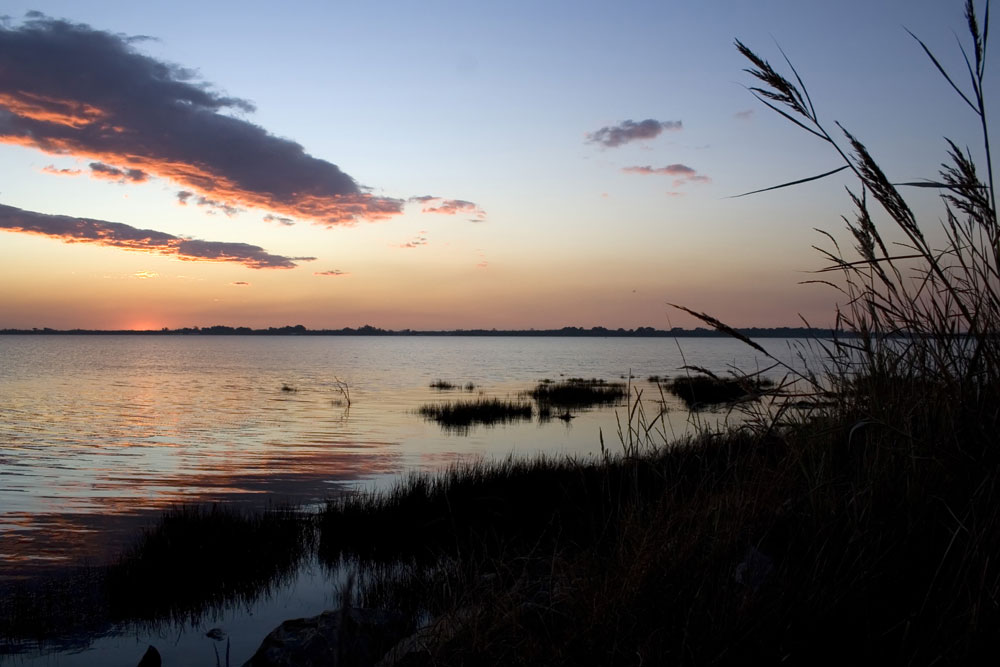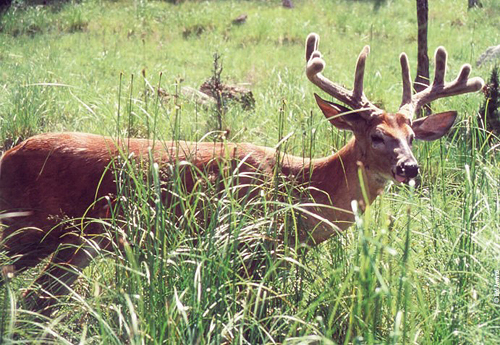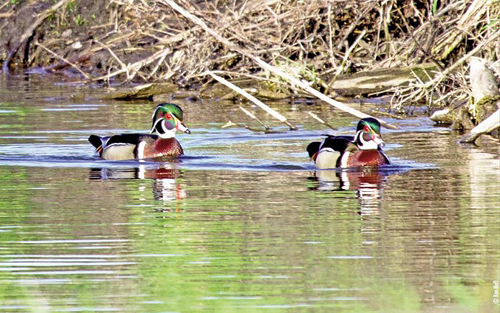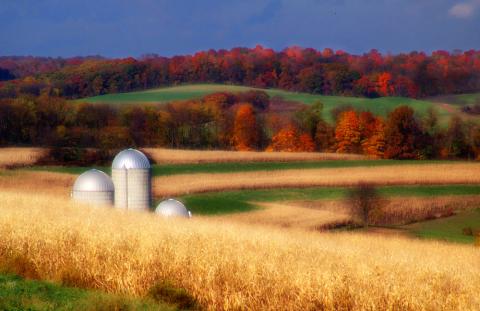Kevin Keen | Originally published in GameKeepers: Farming for Wildlife Magazine. To subscribe, click here.

If I told you there is a program that would pay you up to $2,400 per acre to take your marginal agricultural ground (livestock, row crop, fish ponds, etc.) and convert it to a wetland, would you believe me? Well, there is actually a program that will do exactly that and possibly pay more than this “Arkansas value,” as allocation varies by state. When implemented and managed correctly, these projects turn marginal farm ground into a mecca of duck, deer, quail and turkey hunting while paying a great price in the meantime.
What was formerly known as the Wetlands Reserve Program (WRP) has recently changed names, but essentially remains the same and provides the same benefits. The USDA Natural Resources Conservation Service is the administrator for the umbrella program, Agricultural Conservation Easement Program, which includes the Wetland Reserve Easement (WRE) program. To state its objectives simply, the WRE program is utilized as a means to “rebuild” wetlands that have been largely destroyed.
It’s interesting to note the government will pay you to take ground out of production and convert it back into a wetland; when in the early to mid-1900’s they were directly subsidizing farmers to drain wetlands as a means of increasing agricultural production. The efforts were highly effective as some states have experienced a devastating loss of wetlands.
Arkansas, my home state, has reportedly lost more wetland acres than any other state which has been reduced from 9.8 million to a mere 2.8 million wetland acres representing a 72 percent loss. The flooded timber, which we are famous for, experienced an estimated 89 percent loss. Fortunately, in the 1970’s and 1980’s folks began to realize that wetlands have positive environmental impacts including aquifer recharge, natural water filtration qualities, and catchment of storm water runoff decreasing flood potential just to mention a few. It has since become difficult to get approval to drain a wetland and mitigation must be performed when permission is granted.

The above environmental benefits fail to include the tremendous wildlife benefits which most of us, as gamekeepers, are equally concerned with. Wetland Reserve Easements projects are multi-faceted and focus on much more than just simply converting ground into a hole with water in it. Most often plans include native tree and grass plantings as well as establishment of moist-soil units.

Wetland Reserve Easement program, probably the best part of a
successful WRE project is an increase in the overall quality, quantity and
variety of ALL wildlife on your farm.
Many times when the term “Wetland Reserve Easement” is mentioned people immediately think of only waterfowl hunting. /your-obsession/waterfowl Although waterfowl enhancement is a huge bonus alone, probably the best part of a successful Wetland Reserve Easement project is you’ll increase the overall quality, quantity and variety of wildlife on your farm.
A great example of this is on a farm where I am currently doing some consulting work. The farm was once all tillable ground, likely devoid of any sign of the diminishing Northern Bobwhite quail. On my first visit to the farm back in the spring of 2014, I heard male bobwhites singing in all directions as a result of the habitat provided through this program. As a biologist who has worked on research projects capturing these birds, I get excited every time I hear them in “full rut” as a co-worker once called it.
I’ve done a lot of instructing in the past, and educating the public on the real truths of Wetlands Reserve Easements projects is something I do at every opportunity. Many landowners and potential buyers of WRE properties have the false impression that once a project is established you can’t touch it without fear of penalties from the NRCS for non-compliance. This couldn’t be further from the truth. I have worked with one local NRCS WRE Coordinator to actually do some work and make improvements to enhance the project further. Designated roads are expected to be maintained, moist-soil units are there to be successfully managed, timber can be harvested within the specifications of a management plan, food plots should be planted, and prescribed fire can be implemented just to name a few of the management options available.

the program because of the fantastic waterfowl hunting they can bring
about.
To get a WRE project started, you begin by visiting with your local service center or calling a consultant to describe your goals and see which NRCS program will best suite your goals and be most applicable. All WRE projects are going to be ranked as a means of determining which projects will be funded in a given year. Typically, the closer you are to a state or national wildlife management area, flowing stream/river or other large conservation project, the higher your property will rank.
The entire project can be planned and completed with minimal involvement from the landowner on selection of contractors, species to be planted, and location of the different components, but I’d suggest being fully involved to make it YOUR project as much as possible. The best thing is that in addition to the land payment, they’ll pay 75-100 percent of the restoration costs. This is the perfect opportunity to get some dirt on your hands and become a true “gamekeeper” without breaking the bank. Get started now and watch the habitat and wildlife grow.
At Mossy Oak Properties – Delta Land Management Company we have the knowledge and expertise to efficiently and effectively move your project from start to finish. For more information give us a call at 501-604-4565. Kevin Keen is a Sales Agent/Wildlife Biologist and accredited through The Wildlife Society.




























